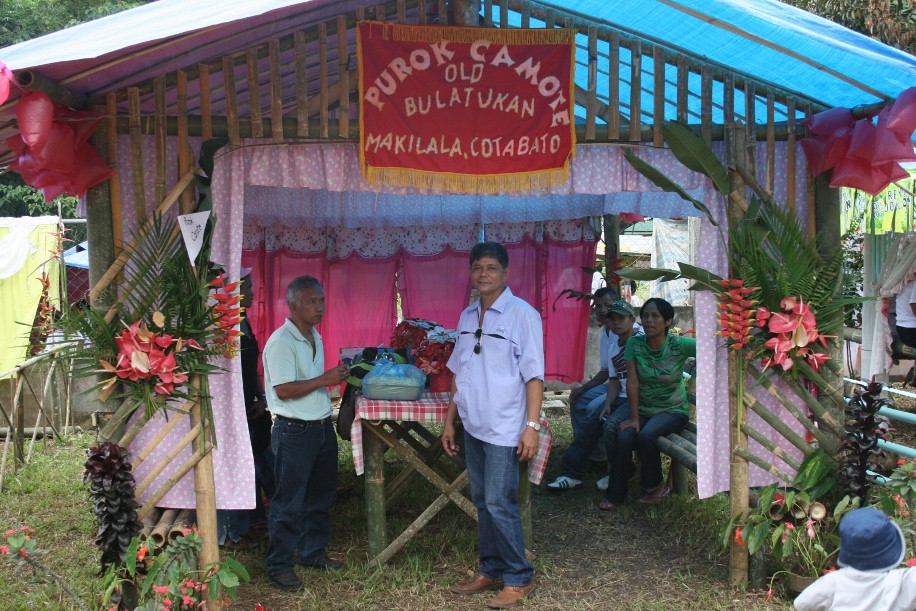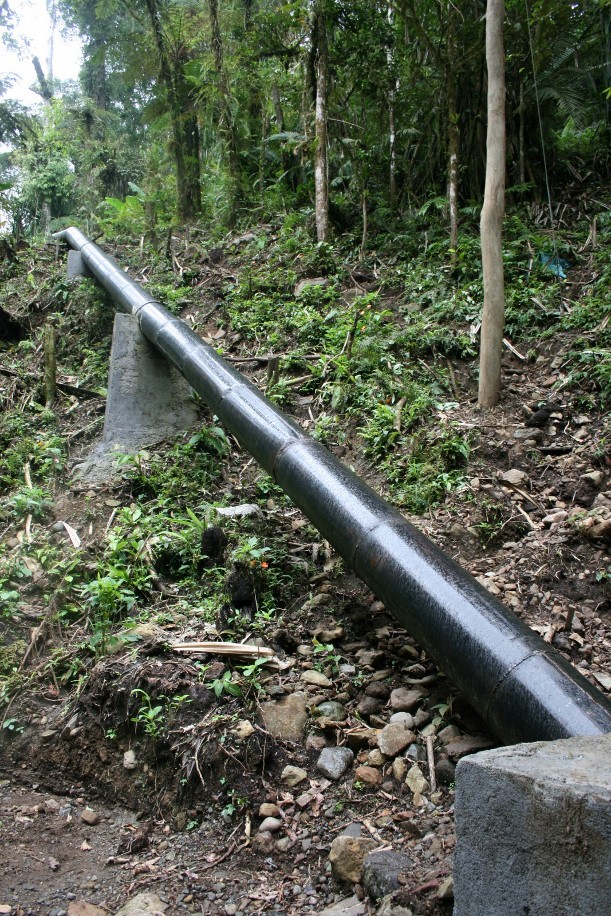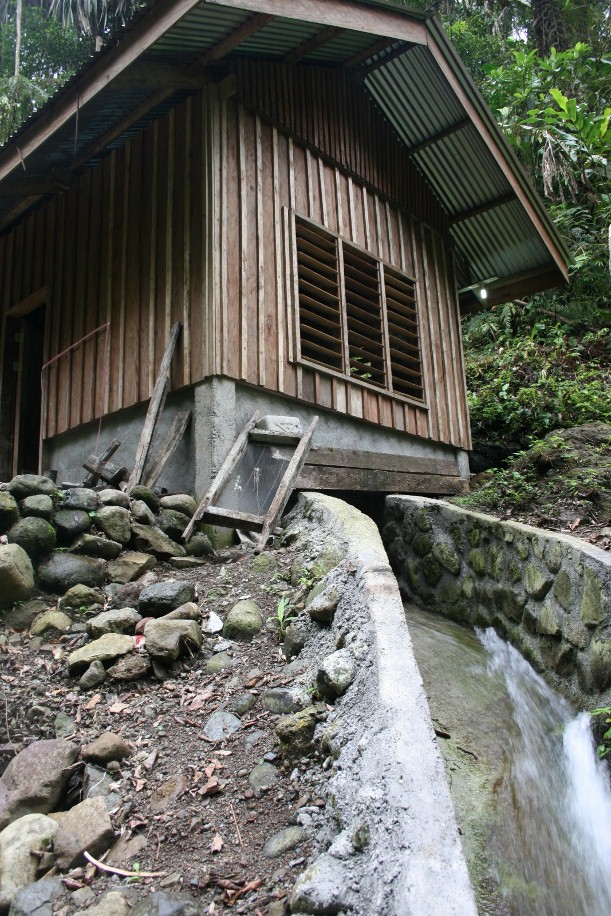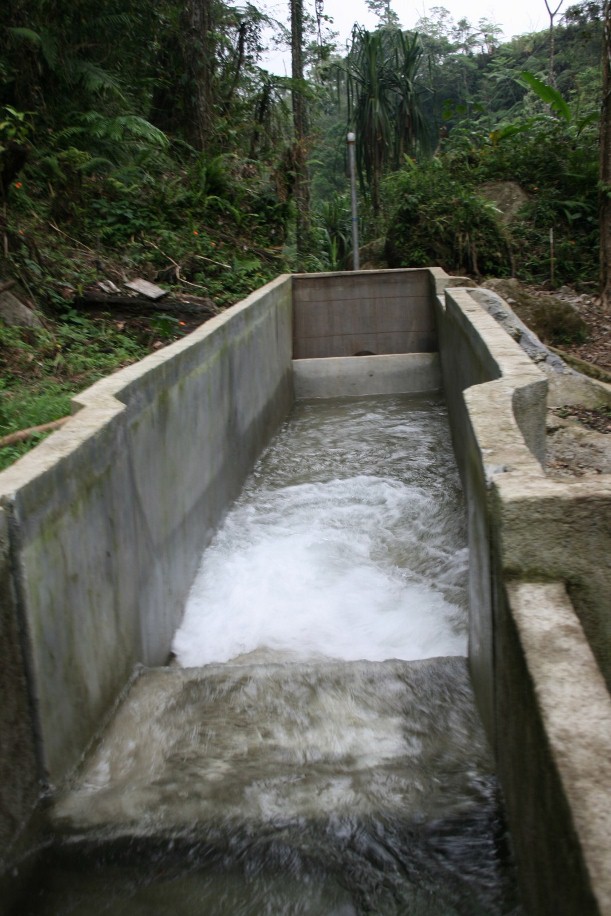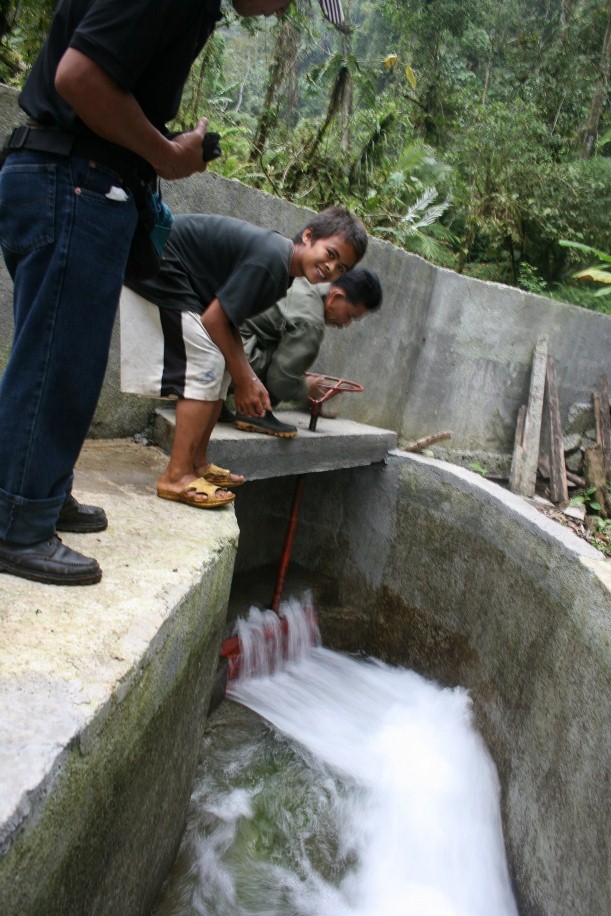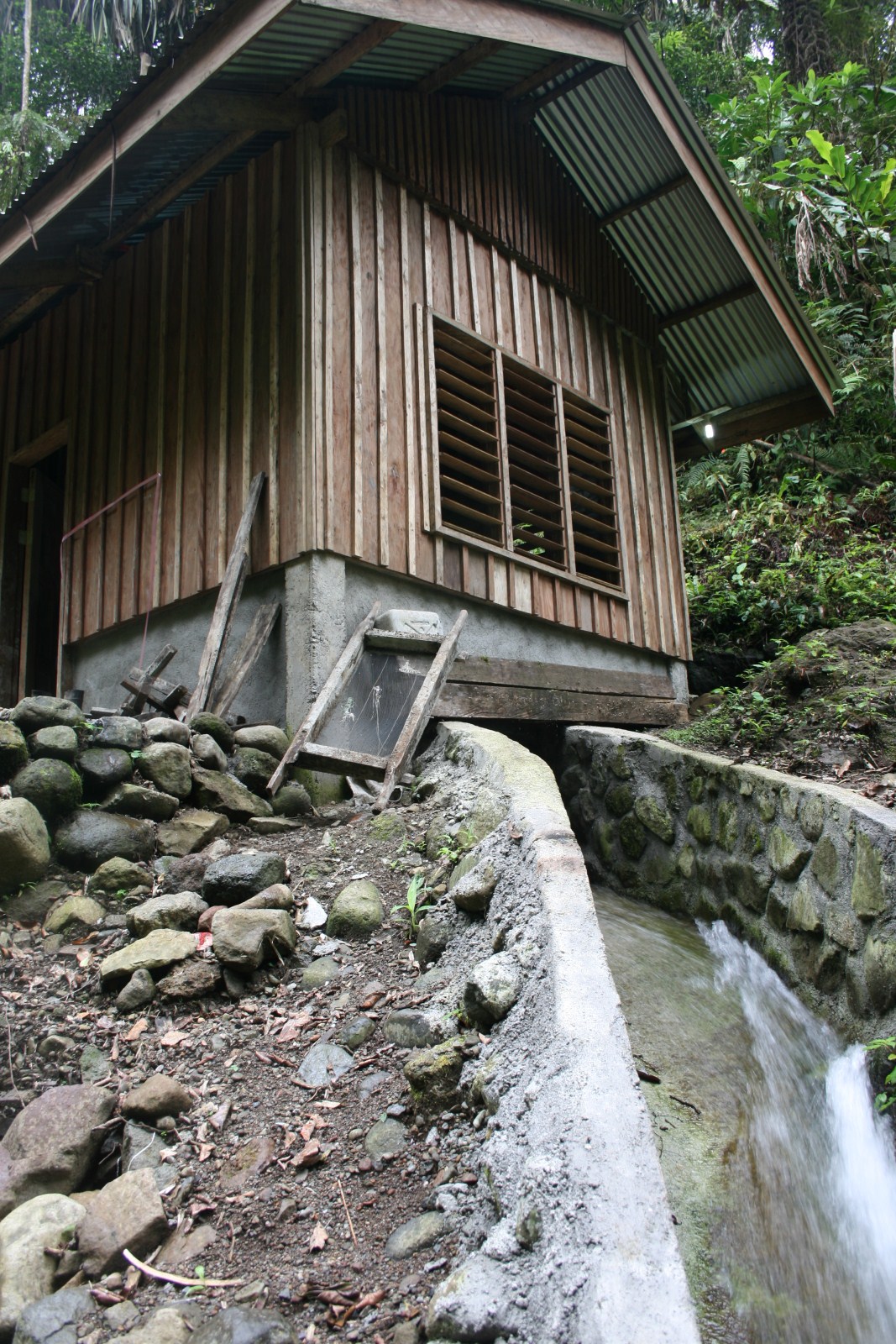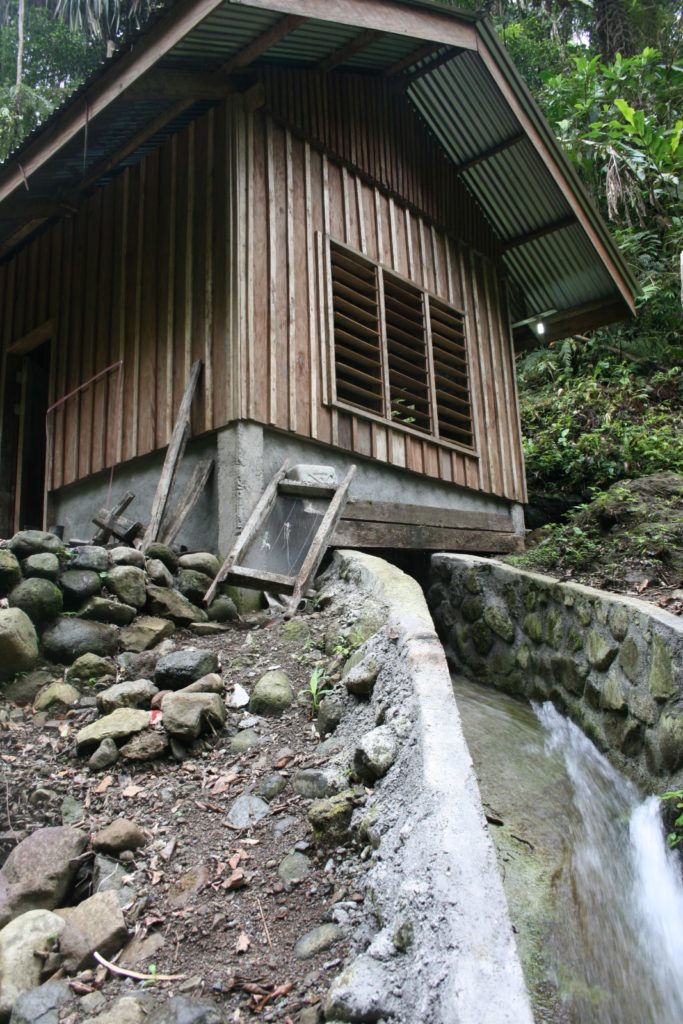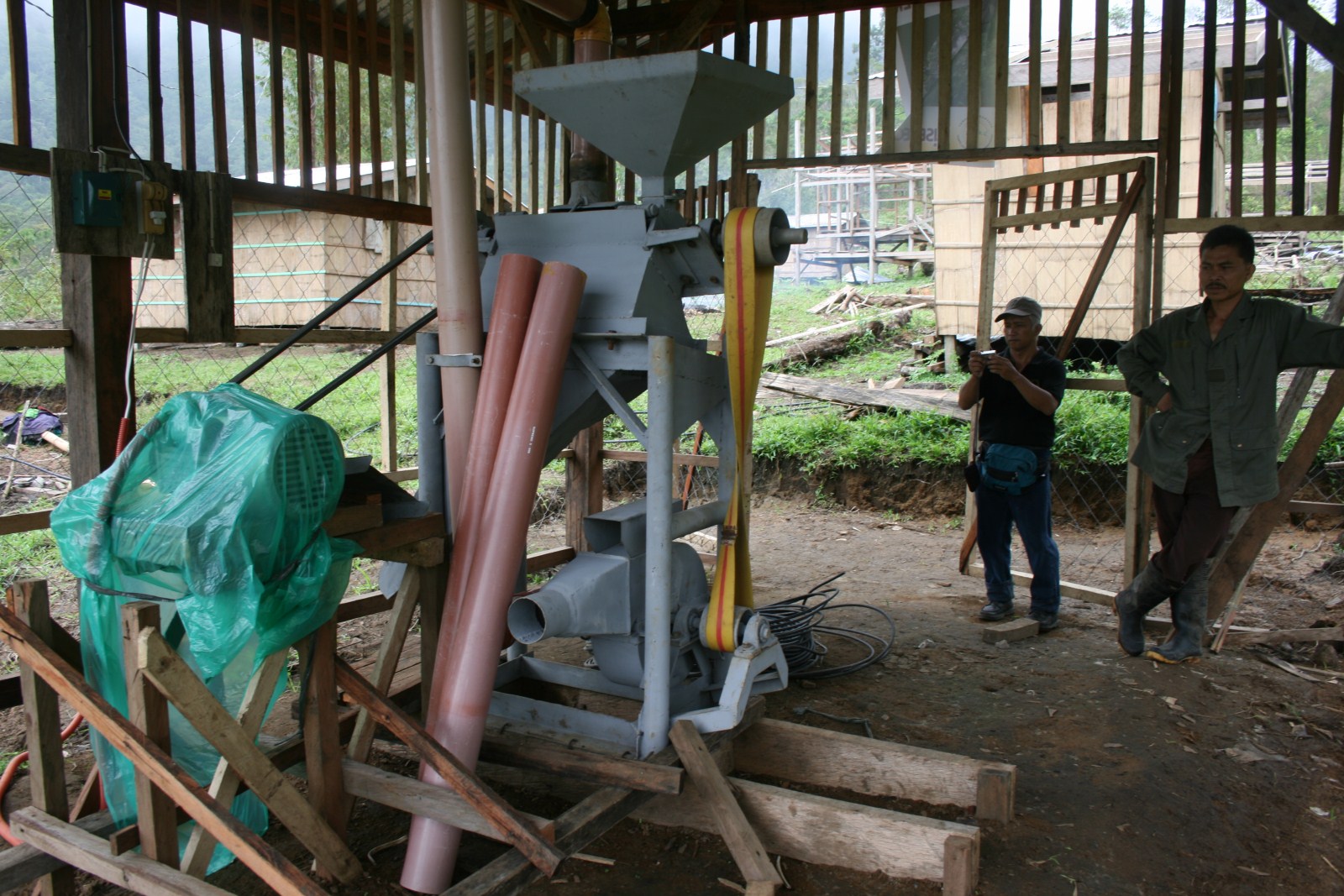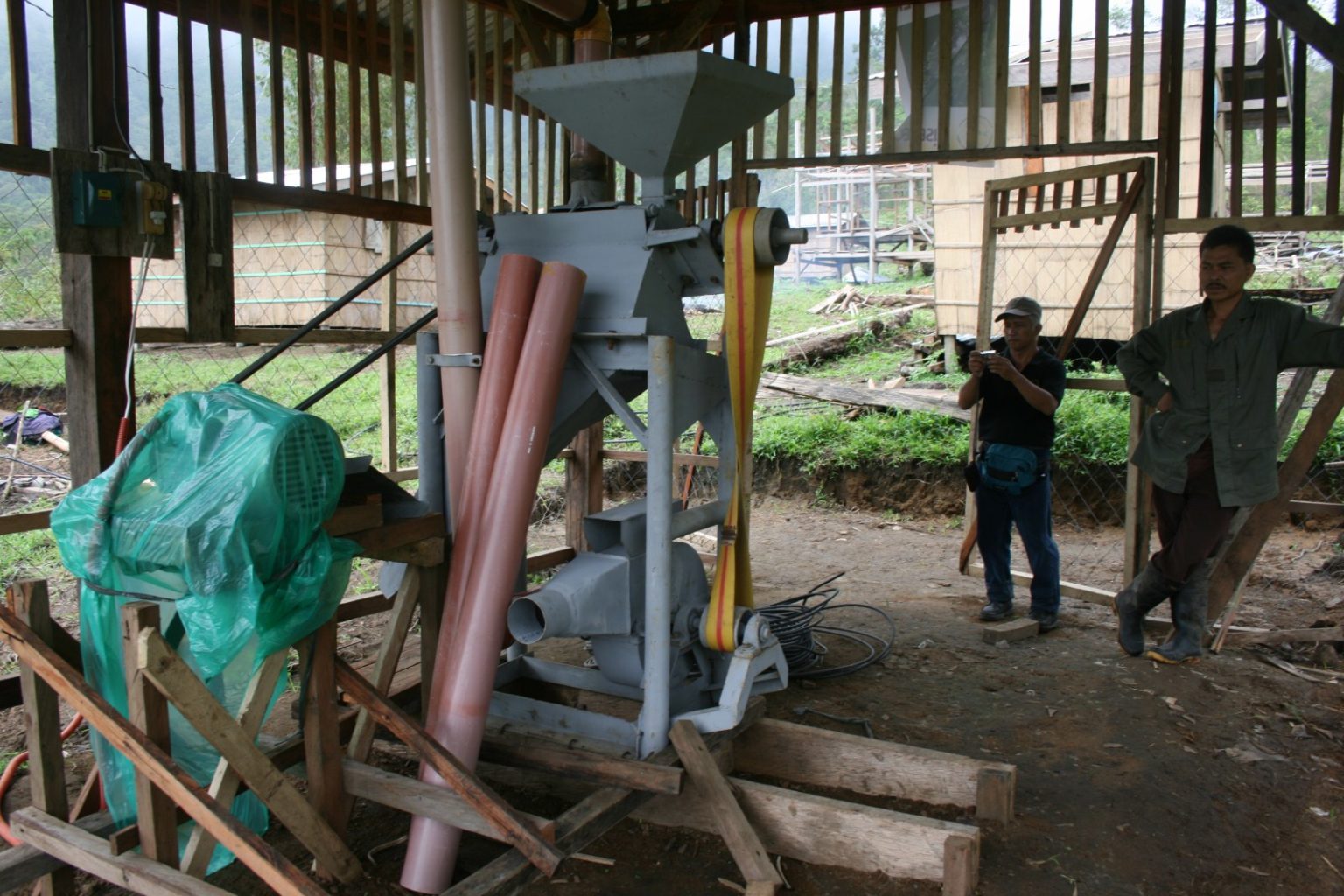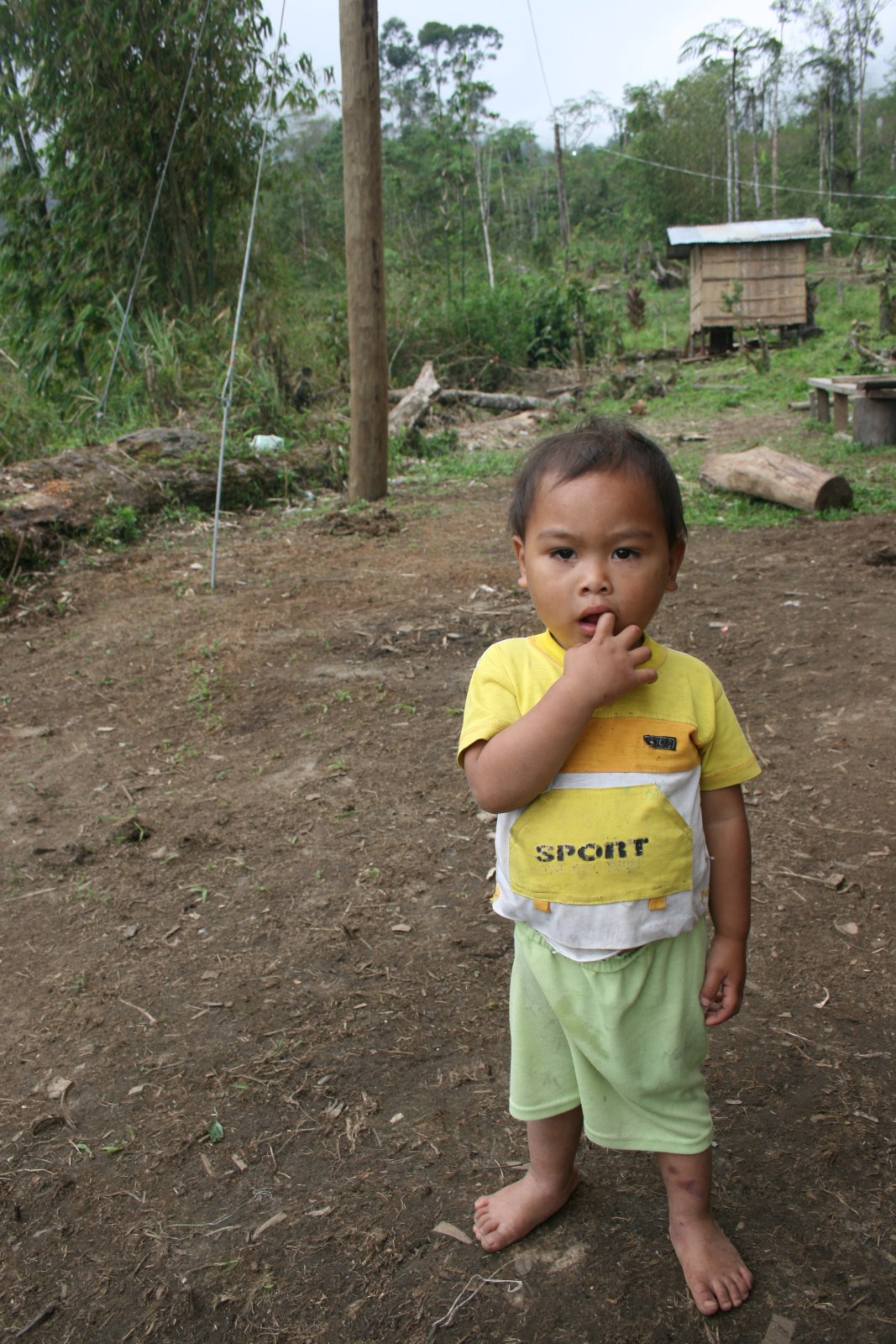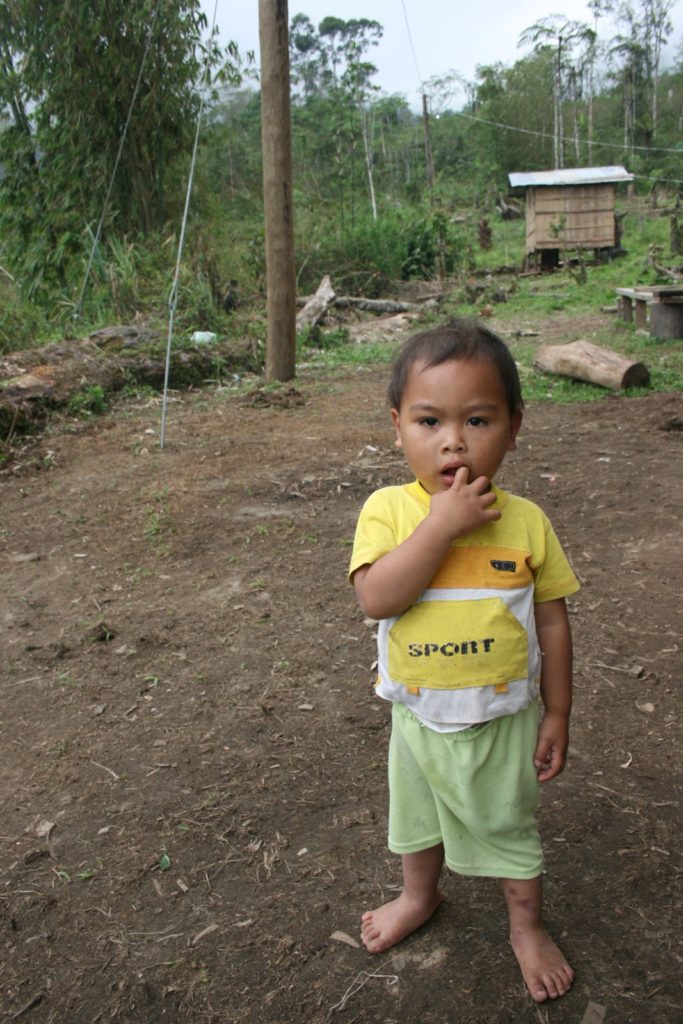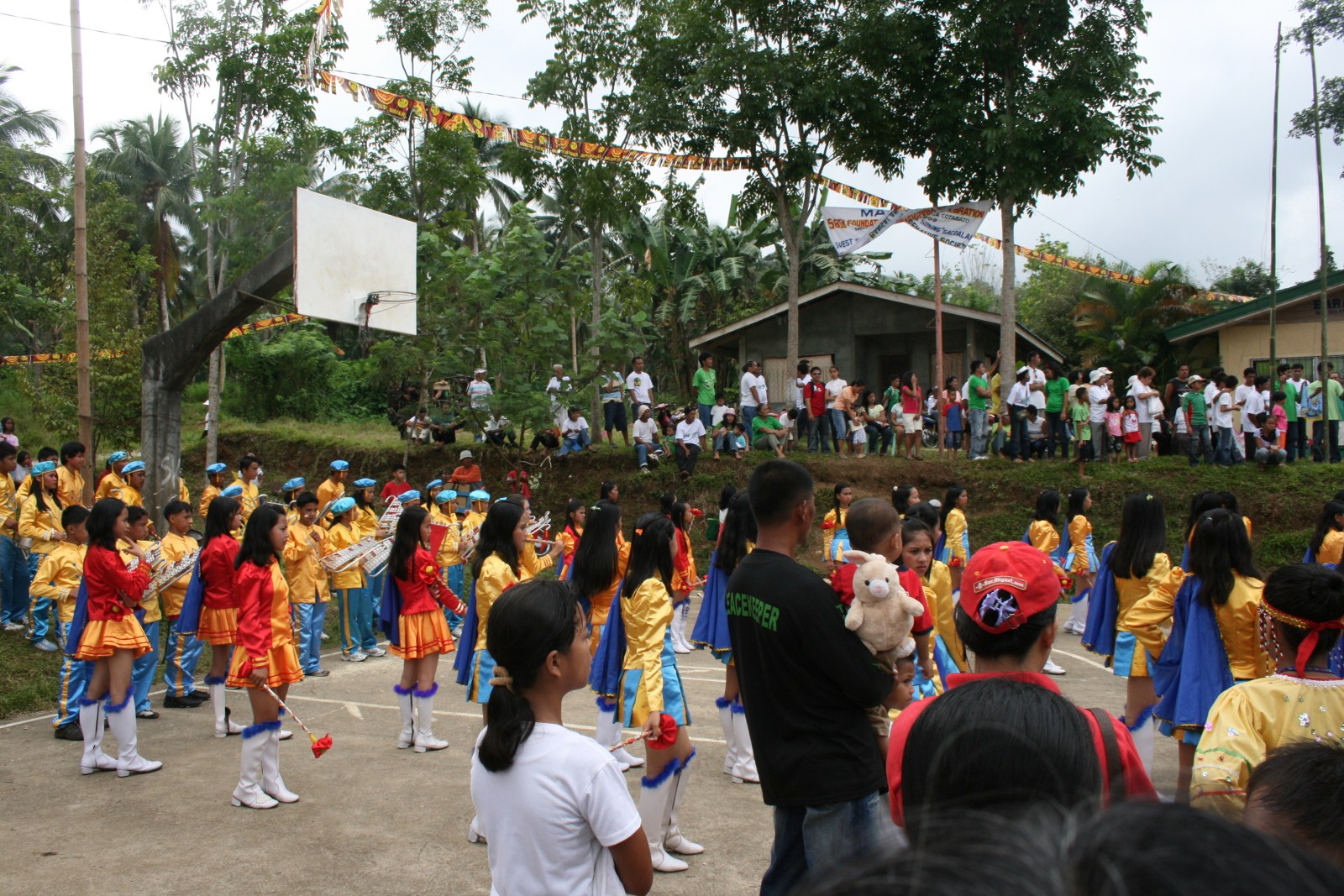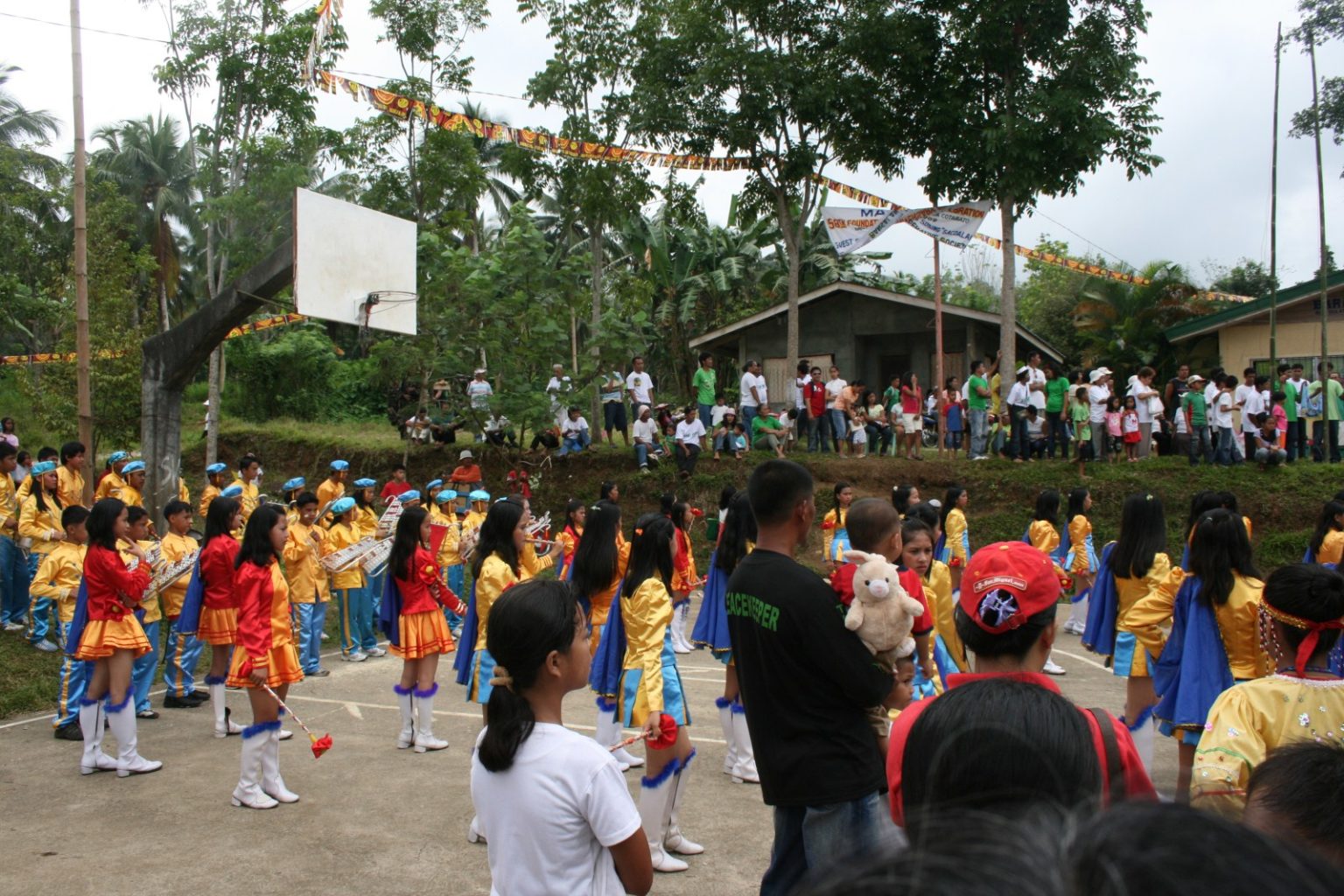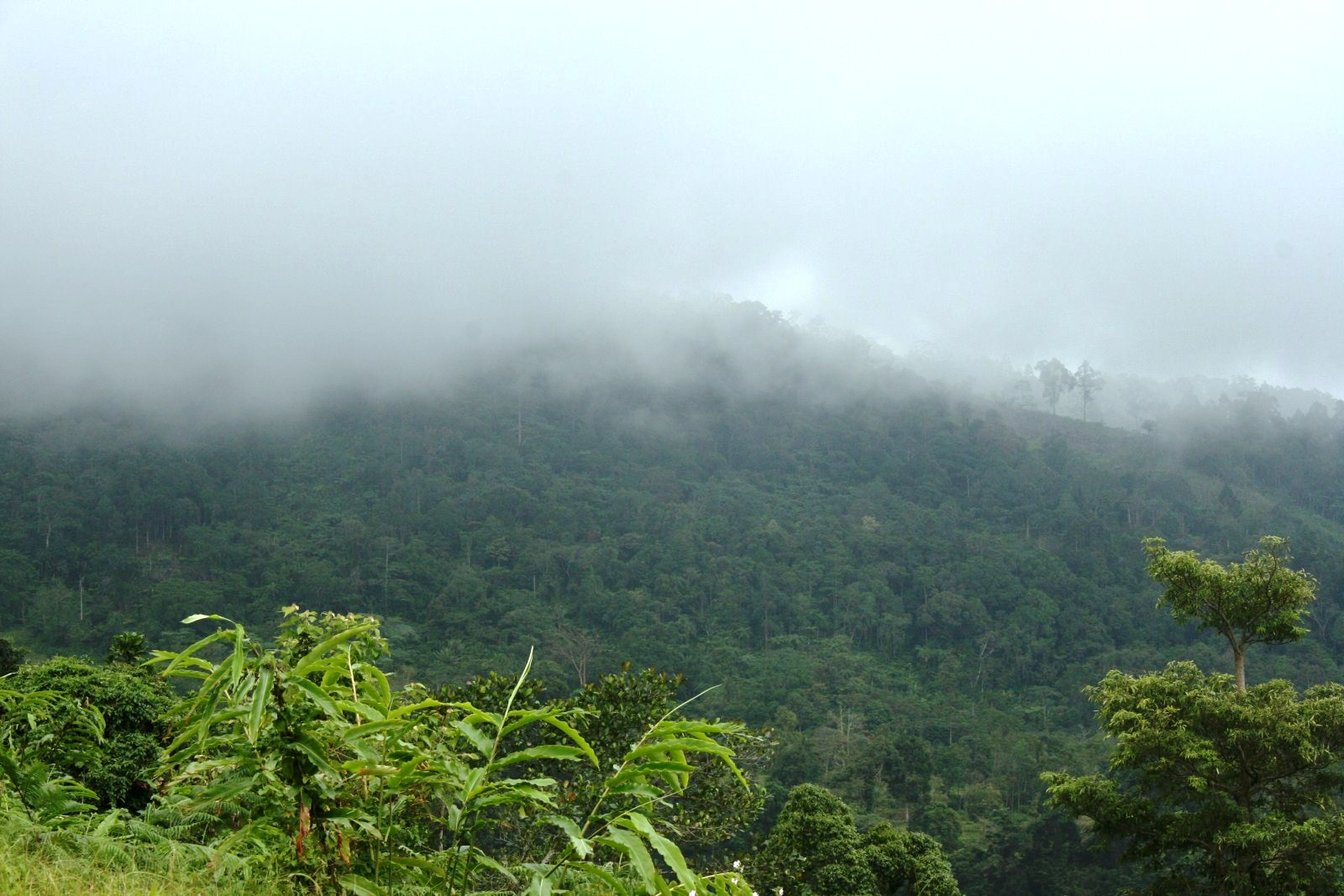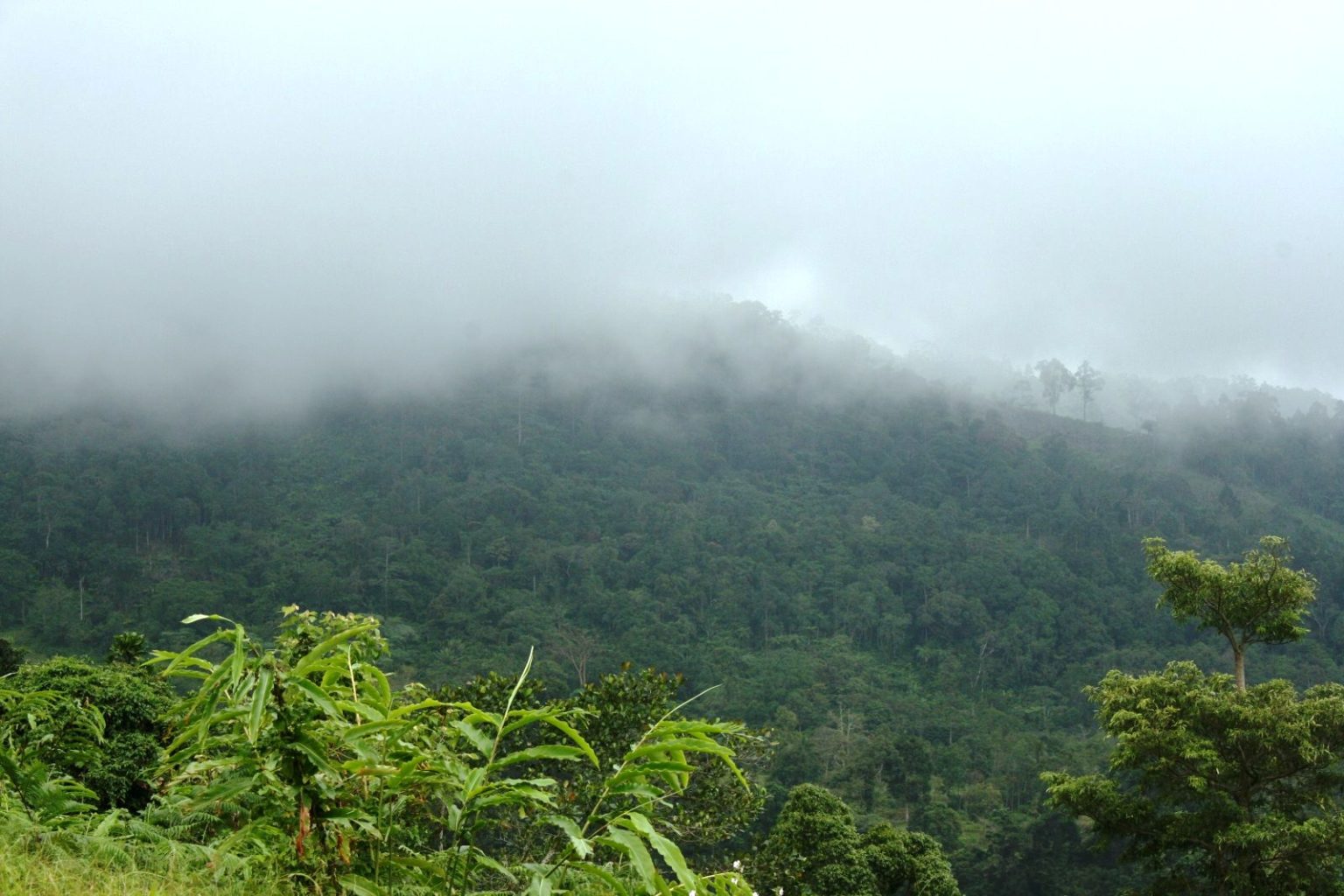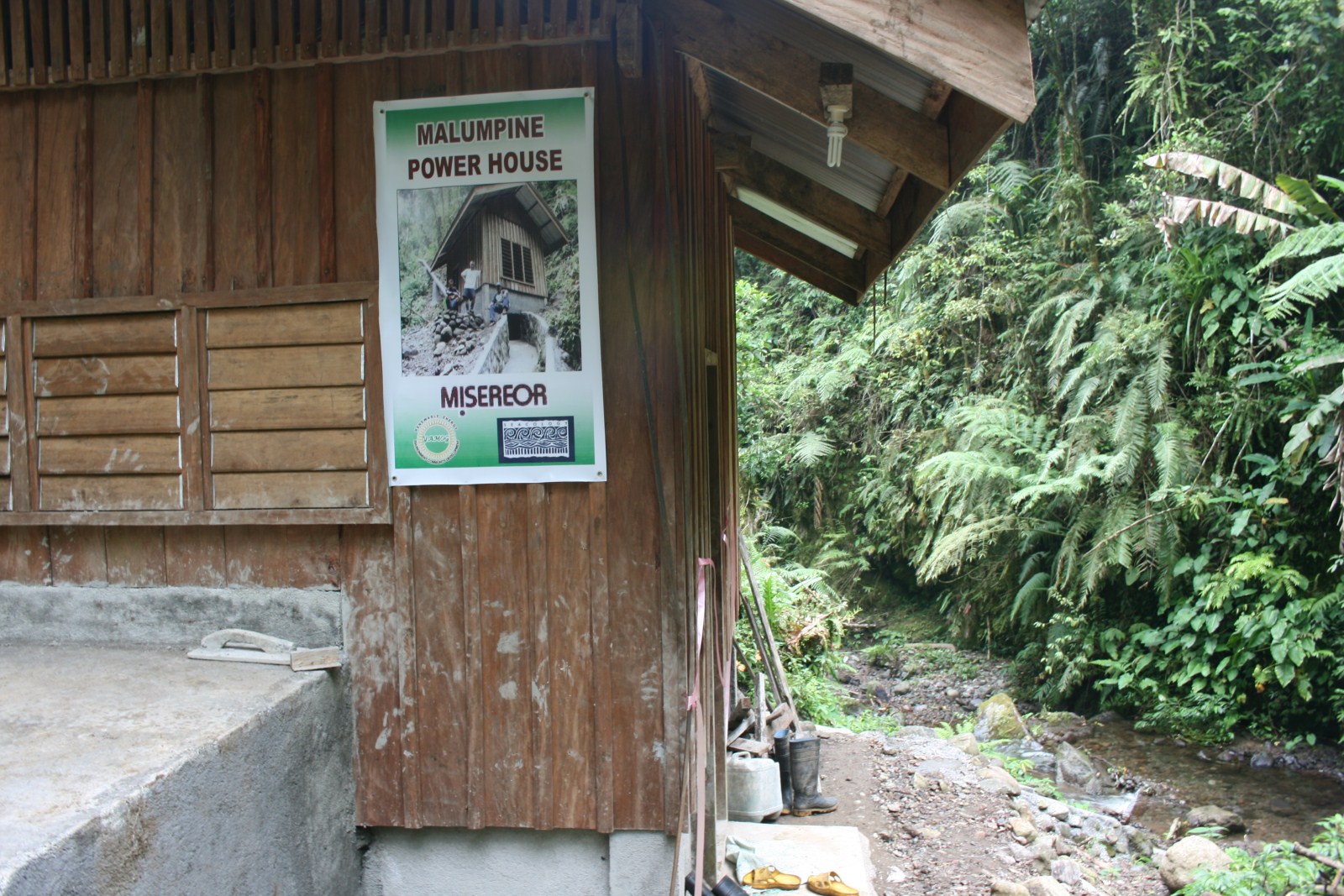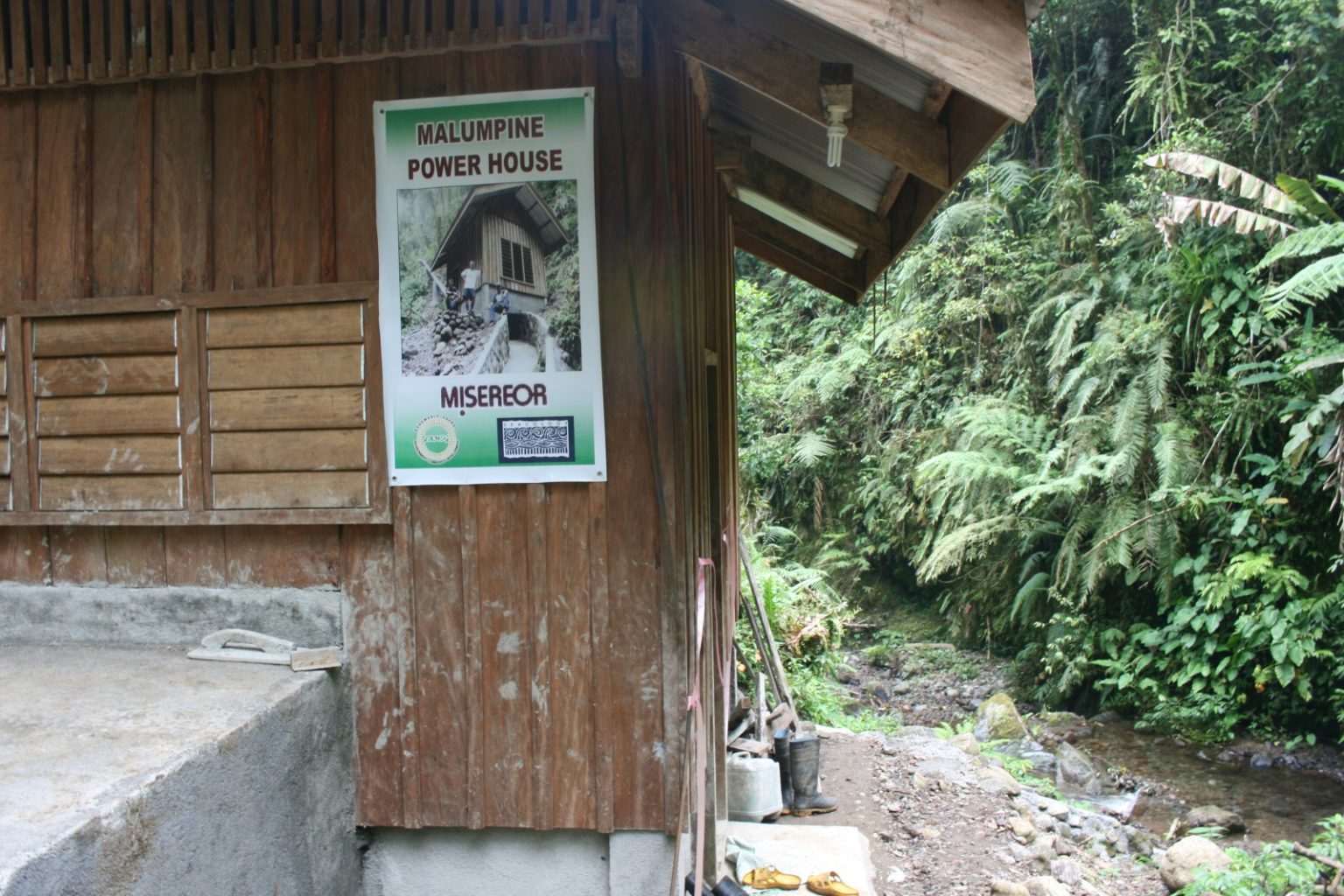Sitio Malumpini is an isolated upland community in the barangay (village) of Old Bulatukan. It sits on the slopes of Mt. Apo, the tallest mountain in the Philippines at an elevation of over 10,000 feet. The area has some of the highest land-based biological diversity in the Philippines. It is home to many threatened and endangered plant and animal species, including the critically endangered Philippines eagle, a monkey-eating raptor. The whole of Mt. Apo is already a protected area by virtue of a 1936 edict, but very little enforcement has taken place.
The 65 Manobo households in the community rely on kerosene for lighting and fuel wood for cooking. Seacology will fund a micro-hydro plant, which will provide clean, sustainable power. The Seacology grant will also fund a fruit tree nursery. In return, the community will protect 744 acres of forest land within their ancestral domain for 30 years.
The project will be administered by YAMOG, a partner organization of Green Empowerment. The fruit trees, to grow highly marketable mangosteens and lanzones, will be planted on existing cropland, away from the protected area. YAMOG will provide technical assistance with planting, growing, and marketing the crops.


